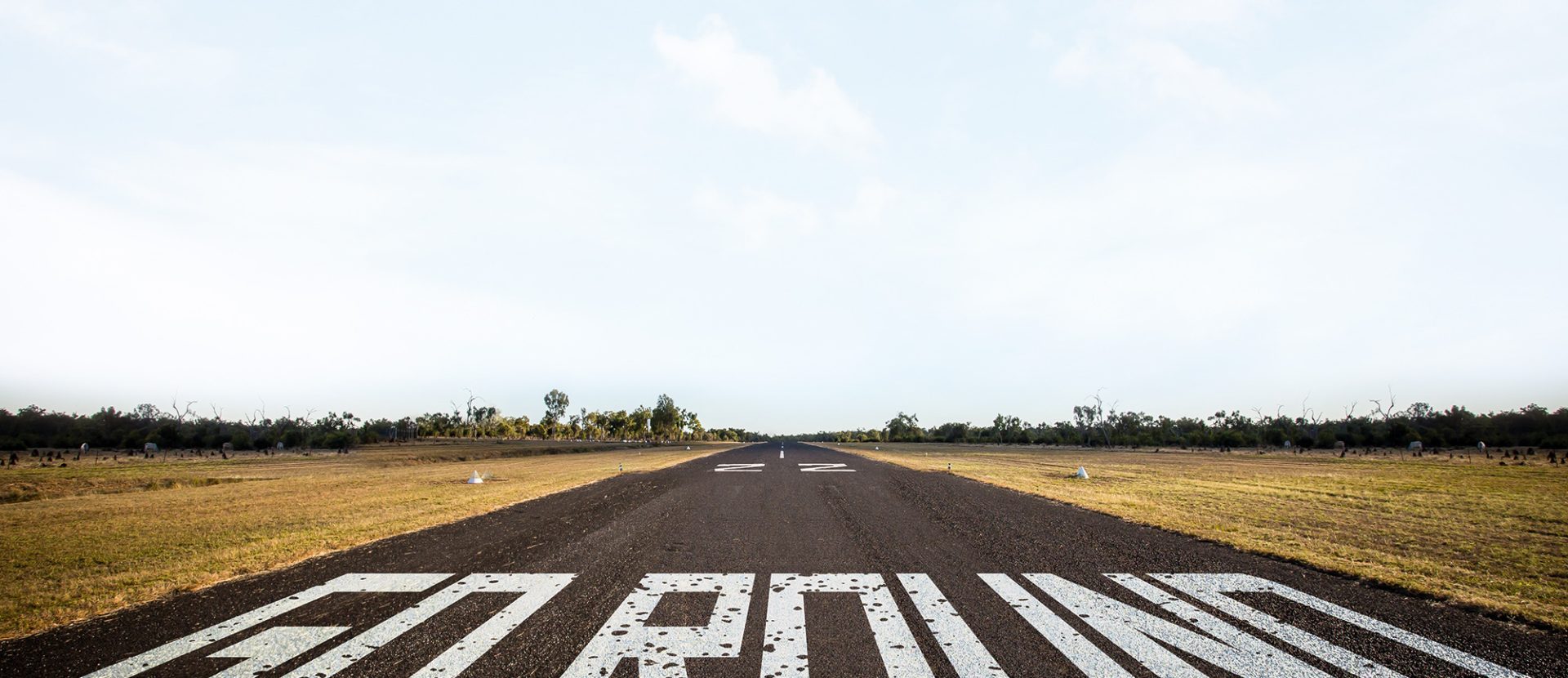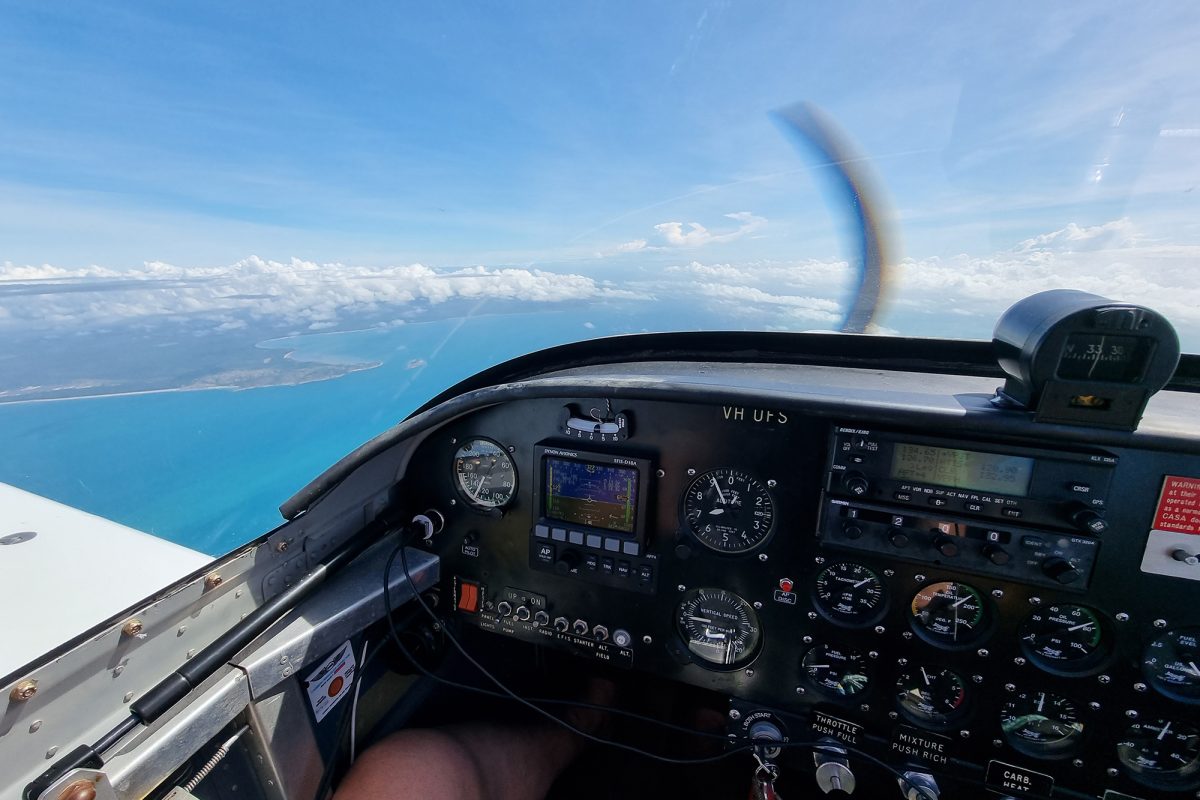Knowing when not to proceed is more important than persisting with a compromised plan. With the appropriate training, we can normalise a ‘go round’ or missed approach, so that the unexpected doesn’t get us by surprise.
Hands up everyone who has persisted with a bad approach or landing? It might not have been graceful, but you hopefully walked away from it…right? Keep your hand up if you knew it was getting ugly, you ran off the runway, drove the undercarriage a little closer to your seat, or even damaged the aircraft? It happens too often, but why do some persist in trying to fix a bad situation?
Countless hours of circuits can drill a principle into us that we’ll land after the final approach. We try to perfect our technique, but it’s easy to lose sight that perfecting landing technique also means knowing when not to land. Performance anxiety can kick in, too, as we feel the eyes of observers and our passengers watching with expectations that we’ll get it right first go. We call this expectation bias. Sometimes the pressure can help us focus and critically review our flying, but it can also create a very overwhelming urge to forcefully land, even when things don’t go as expected.
Let’s also look at the syllabus. While missed approaches and go rounds are covered in Element 14 of the RAAus Syllabus of Flight Training, in practice these elements may only come after hours and hours of circuits with actual landings. The better you are, the less likely your instructor will have to call for a go round or take over. Imagine if we were to start training with those first circuits always ending in a go round. We would get to practice all those important reactions and skills in secondary and further control effect management, whilst under the watchful eye of our instructor – all without that initial pressure of having to land. Some of our schools already do this with great success, conditioning students both in the practical skills, muscle memory and decision-making in their primacy to go round as a normal action.
How many pilots practise missed approaches regularly? We talk about stalling and practice between BFRs but landing is something we confront every flight – surely it should get even more attention?
If we look at the actual requirements, such as practice in different configurations, decision-making and the actual metrics around these important piloting skills, these are not clearly articulated in the syllabus. Do you understand things like Landing Distance Available (LDA), Landing Distance Remaining (LDR) and Minimum Decision Altitudes?
As part of our ongoing Loss of Control initiatives, which includes an upcoming video documentary series, RAAus has looked at the missed approach and reviewed the key ingredients for a stabilised approach. While there are many considerations, these can be broken down into three main components:
- Correct attitude and associated airspeed.
- Correct glide slope (angle and alignment).
- Satisfactory rate of descent.
These are standard disciplines for the big end of town, but they need to be part of every pilot’s understanding and monitoring work cycle, as they approach to land. If at any stage any one of these variables is outside of expected parameters, then a go round should be seriously considered and decided.
A recent example is worth pondering. On a strong crosswind approach with significant rudder already being used, a full power go round was initiated. The increase in power slipstream and P-factors left the pilot with no more yaw control, and a runway excursion at minimum airspeed ensued resulting in collision with terrain. This example shows that while you may think “I’ve got this!”, the margins and options decrease exponentially as we approach the ground.
Finally, instructors have an important part to play in anchoring these skills and behaviors as well by applying these disciplines to themselves whilst in training. Managing the teaching parameters within conservative tolerances, leading by example and not rescuing bad landings for the student, cement these critical behaviors and mitigate the risks in flight training delivery. After training, however, we face a diversity of conditions and considerations in our aviation journeys – all of which can shape our decision to land or go round.
RAAus have covered these higher-level responsibilities in our Instructor Professional Development series in recent years, with our accident analysis showing a significant number of dual training accidents where instructors have been unsuccessful in managing a series of cascading events. The key is constant awareness, clear communications and staged intervention, culminating in command control when required.









